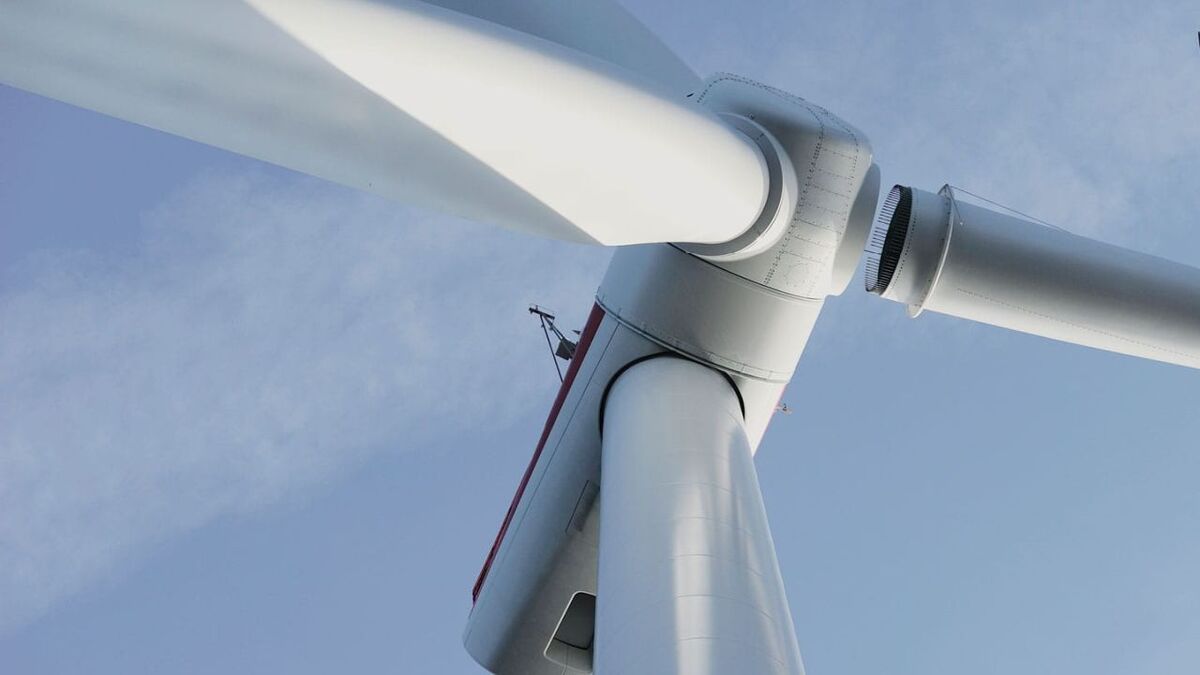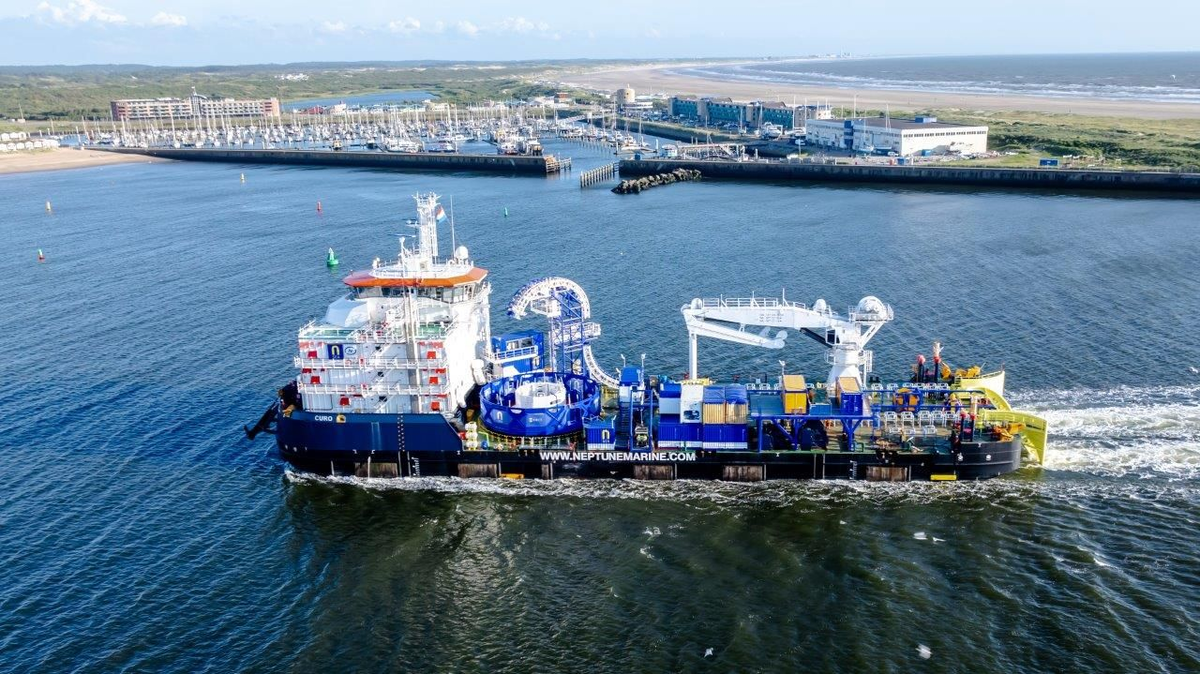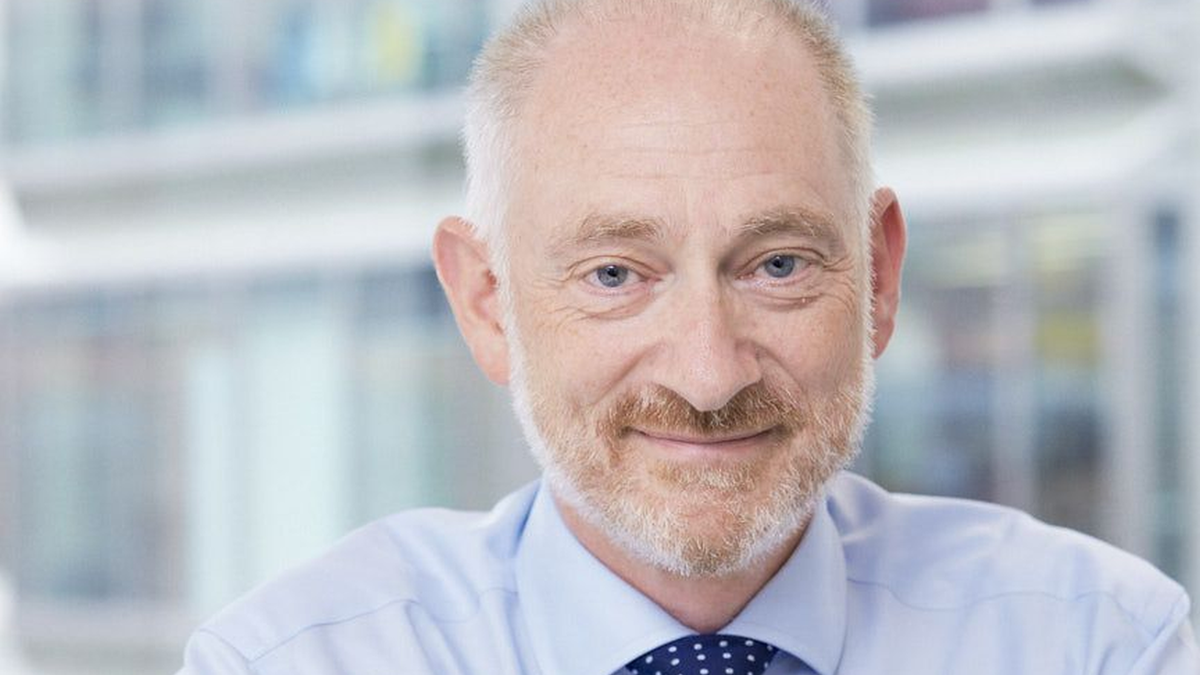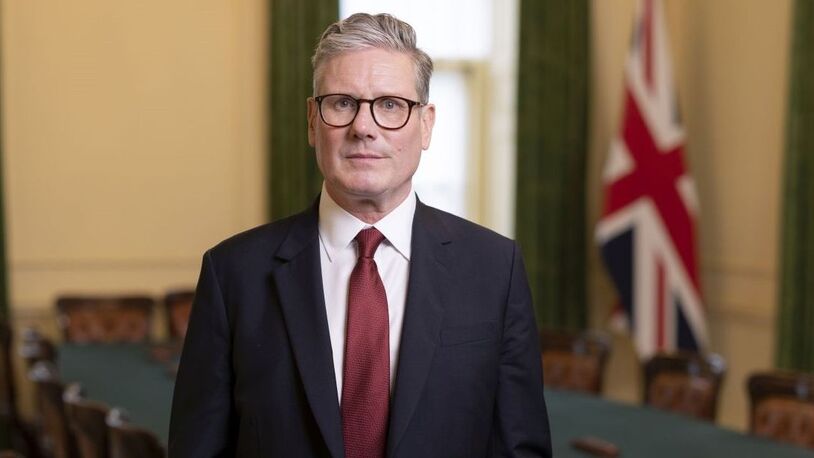Business Sectors
Events
Contents
Register to read more articles.
Ørsted unveils plan for GW-scale North Sea green hydrogen plant
Offshore wind developer Ørsted has unveiled an ambitious plan, ‘SeaH2Land,’ linking GW-scale electrolysis for the production of green hydrogen to industrial demand in the Dutch-Flemish North Sea port cluster
The green hydrogen plan would use a cross-border pipeline to enable it to serve markets in the Netherlands and Belgium. Electricity required to produce renewable hydrogen would come from the build-out of large-scale offshore wind.
Industrial companies in the region including ArcelorMittal, Yara, Dow Benelux and Zeeland Refinery have pledged their support for the development of the required infrastructure to enable sustainably produced steel, ammonia, ethylene and fuels, helping the Netherlands and Belgium accelerate their carbon reduction plans.
The SeaH2Land vision includes a renewable hydrogen production facility of 1 GW, to be developed by Ørsted by 2030. The electrolysis facility for SeaH2Land would convert about 20% of the current hydrogen consumption in the region to renewable hydrogen.
The North Sea Port cluster is one of the largest production and demand centres for fossil fuel-based hydrogen in Europe. Driven by decarbonisation efforts, industrial demand in the cluster could grow to about 1M tonnes by 2050, equivalent to roughly 10 GW of electrolysis.
Ørsted proposes to connect the GW-scale electrolyser directly to a new 2-GW offshore windfarm in the Dutch sector of the North Sea. This will enable the large-scale supply of renewable electricity required to produce green hydrogen. The offshore windfarm would be built in one of the zones in the southern part of the Dutch exclusive economic zone that has already been designated for offshore wind development.
In the plan outlined by the company, the GW electrolyser would link to the pipeline system connecting large-scale consumption and production in the cluster. Yara, in consortium with Ørsted, and Zeeland Refinery, have each announced plans for mid-size renewable hydrogen production at their sites, and Dow has been exporting hydrogen to Yara since 2018 through the world’s first conversion of a gas pipeline into hydrogen.
This network could be extended further south to ArcelorMittal beneath the Scheldt river, to the Zeeland Refinery. The strategy also foresees the extension of a 380-kV high-voltage network for the electrification needs of industry south of the river Scheldt. This would enable GW-sized electrolysis and offshore wind landing zones on both sides of the river, turning the cluster into a true energy hub.
Subject to a regulatory framework being in place, the regional network will unlock the first phase of SeaH2Land, which comprises 500 MW of electrolyser capacity. The second phase of SeaH2Land which scales the electrolyser capacity to 1 GW would need to be able to connect to a national hydrogen backbone, providing additional flexibility and storage. Several locations north and south of the river Scheldt have been identified for GW-scale electrolysis. In the meantime, several projects are being developed in the region, such as Zeeland Refinery’s planned 150-MW electrolyser, which are also to be connected to the network.
The partners in the project plan to move forward and engage in dialogue with the regulatory authorities on the framework and policies needed to support the development of renewable hydrogen linked to large-scale offshore wind and the regional infrastructure required, and conduct a feasibility study.
If the project goes ahead, Ørsted will develop the offshore windfarm and electrolyser. North Sea Port and Smart Delta Resources will take the lead in developing the regional infrastructure, working in close collaboration with transmission system operators.
Ørsted chief commercial officer and deputy group chief executive Martin Neubert said, “The Dutch-Flemish North Sea Port covers one of the largest hydrogen clusters in Europe. As the world looks to decarbonise, it’s paramount that we act now to secure the long-term competitiveness of European industry in a green economy. The SeaH2Land project outlines a clear vision and roadmap for large-scale renewable hydrogen linked to new offshore wind capacity.
“With the right framework in place, the Netherlands and Belgium can leverage the nearly unlimited power of offshore wind to significantly advance renewable hydrogen as a true European industrial success story.”
Riviera Maritime Media will provide free technical and operational webinars in 2021. Sign up to attend on our events page
Related to this Story
Events
Maritime Environmental Protection Webinar Week
Cyber & Vessel Security Webinar Week
The illusion of safety: what we're getting wrong about crews, tech, and fatigue
Responsible Ship Recycling Forum 2025
© 2024 Riviera Maritime Media Ltd.














